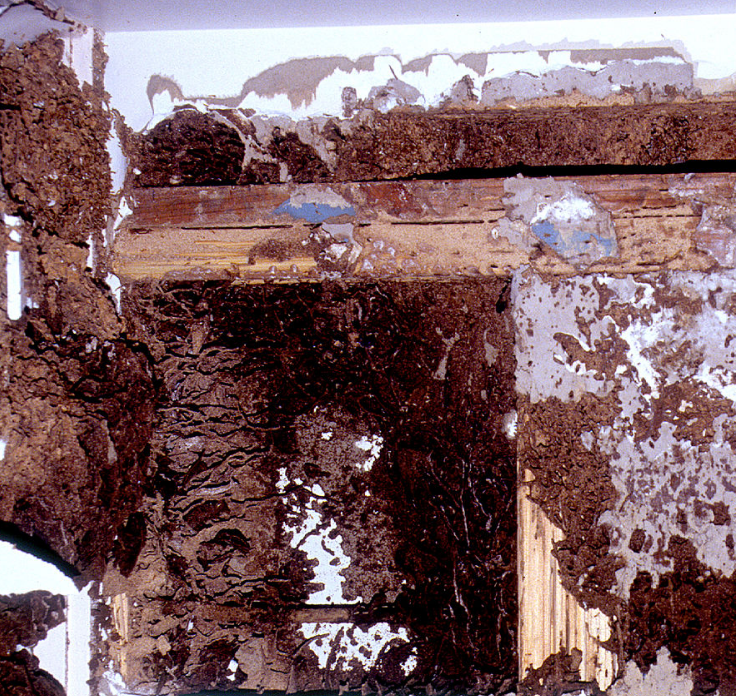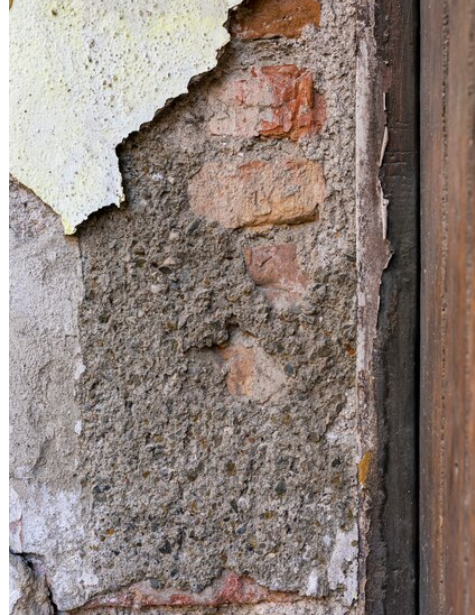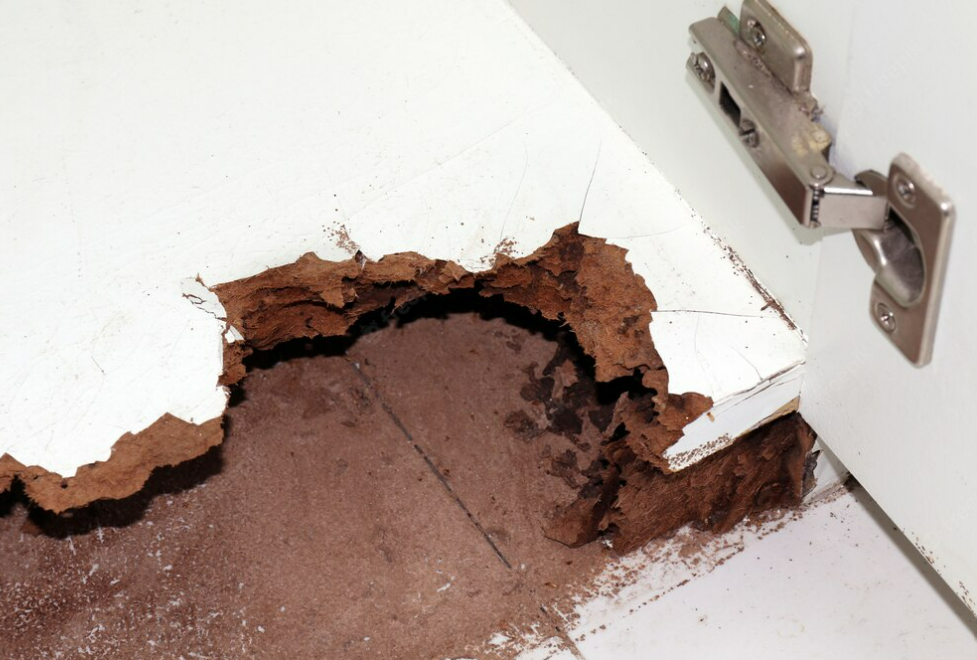Do termites eat drywall?
Do termites eat drywall?
This is a very reasonable question since termite damage costs consumers around 30 billion dollars each year. Termites are well-known for being voracious eaters. When you take this into account, yes termites can feed off drywall. Termites feed off the paper surrounding the gypsum (a powdery sulfate material) that once hardened will produce a chalky white substance. Our network of Drywall Repair experts has years of experience. When termites start eating drywall they usually only cause slight disturbances to the paintwork .
Termite Damage To Drywall
To assist with preventing water damages to your property, which could include drywall, it is important to follow maintenance guidelines to deal with any moisture problems and to schedule inspections with a local termite specialist in your area.
In regions in the U.S. where the species of subterranean termites seem to be more active, control methods which include termiticides, bait stations, and monitoring often help to reduce or prevent termite activity in your home.
Peeling Or Bubbling Paint
Termites do not feed on paint, but the environment that attracts them can cause paint in and around your house to peel or bubble as these pests start creating nests. When termites take up residence in the walls of a home, moisture is introduced to these areas along with temperature changes. These are the conditions that might cause the paint that surrounds these areas to peel or bubble.
Be mindful that termites won’t stay in one area or floor of a home. Termite damage signs may start to show up in your crawl spaces or your ceilings. Damage to load-bearing walls, the foundations, and the damages in ceilings of a home and it can eventually result in significant structural issues.
Missing Out On Regular Inspections
Even if you have taken all the necessary preventative measures, termites might still make a home in your ceilings, foundations, or walls. Keep a watch for any termite damage signs and contact a drywall professional as soon as you think you might have a termite infestation.
The sooner the colony is removed from your property, the less costs you will need to fork out to repair the damages to your home. To stay on the safer side, we highly recommend scheduling termite inspections at least once a year through a licensed and experienced pest control company.
What Are The Signs Of Termite Damage To Your Drywall?
Since termites are pests that start eating walls from the inside, the damage signs may be minimal. Once a termite expert has identified and located the infestation they will show you the small “trails” that show the tunnel paths present in your sheetrock paper.
In some cases, you may notice that the drywall paper has small holes. Subterranean termites will use soil for filling these holes, while the Drywood termites won’t. If you have started to notice pin-sized tiny holes in your wallpaper or sheetrock, contact a pest control company for an inspection before you start with any repair work.
Experienced termite experts will usually detect any activity signs before the termites causes serious damage to your drywall. One of the things that termite professionals look for when it comes to Drywood termites is their droppings, which usually indicate an infestation, or they test the soundness of the wall.
Some inspectors also use an infrared scanner that senses variations in temperature in ceilings or walls. Temperature variations can detect areas with increased moisture which could mean there is termite activity present. There are several species of termites, and how they have entered your property usually affects which part of your investment they will start to feed on first.
The more common termite species in the U.S. include:
• Drywood termites usually enter homes through the attic or cracks or the foundation vents (which are not screened properly).
• Dampwood termites usually won’t infest an occupied home since they prefer moist wood that has contact with the soil.
• Subterranean termites prefer areas that are moist and usually enter a home through tunnels underground.
Each of these termite types includes multiple species. The subterranean termites are the types to worry about the most since these are highly destructive pests that are responsible for causing most of the termite damage across the United States. This species of termites have very powerful jaws capable of easily and quickly chewing through wood. They also quickly turn into very large colonies containing close to a million members at one time.
Wood Damage
Termites are not fussy when it comes to the type of wood they will feed on and damage. It is common to spot termite damage or activity around areas such as your:
• Wooden fences
• Baseboards
• Door and window trims
• Garage
• Crawlspace and basement
• Porch
• Harwood floors
Wood that has been impacted might contain small holes or carton material that the termites leave behind. This is a substance that contains a combination of saliva, excrement, soil, and wood. This carton material will be used by the termites to create mud tubes and repair breaches. If you have started noticing splits or raised floors, take a much closer look. This is also one of the common signs of damage to wood or that termites have taken up residence in your home.
Takeaways
Experienced termite specialists can usually detect any termite activity before the pests have a chance to cause serious damage to areas in your home such as your drywall. Some of the tests they use include testing the soundness of the wall or looking for droppings left by Drywood termites which indicates an infestation nearby. They may also use an infrared scanner to detect unusual temperature variations in ceilings or walls. A variation in temperature may indicate high moisture areas which are caused by termite activity.
For more help, please call Mercury Drywall Repair Service at(816)295-7203. We have experts who can help you with termite damaged drywalls.



